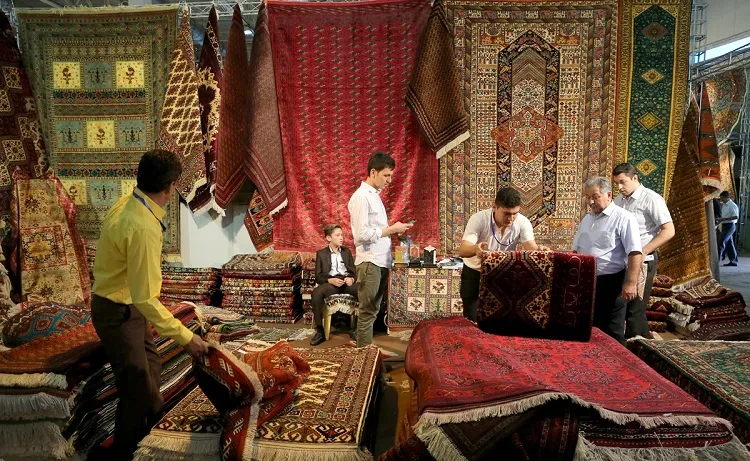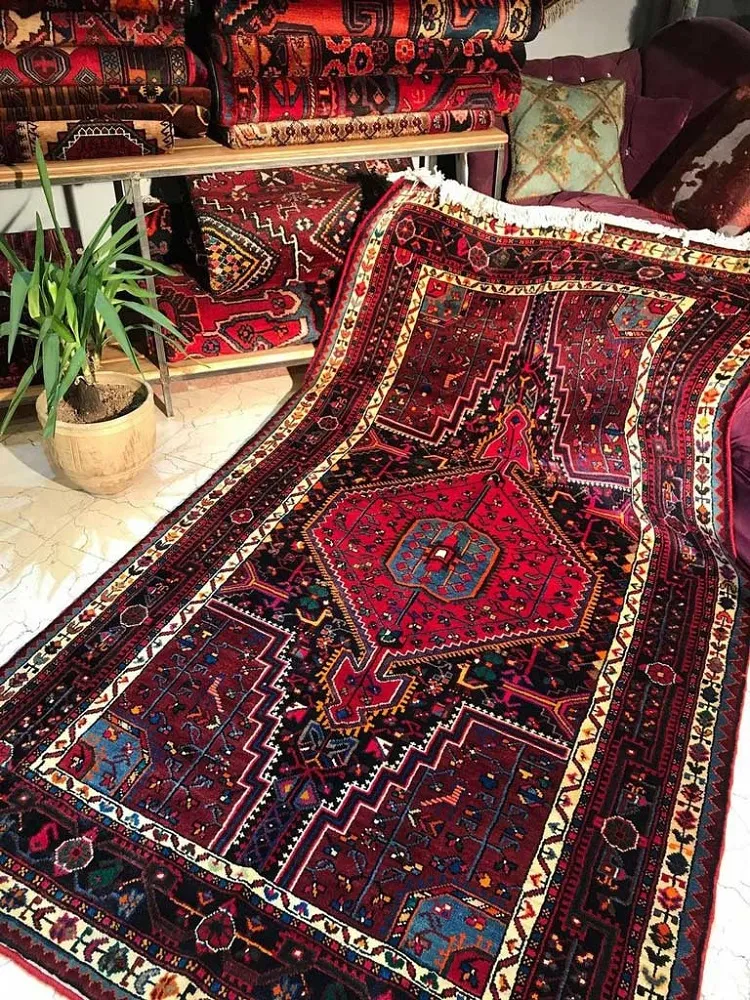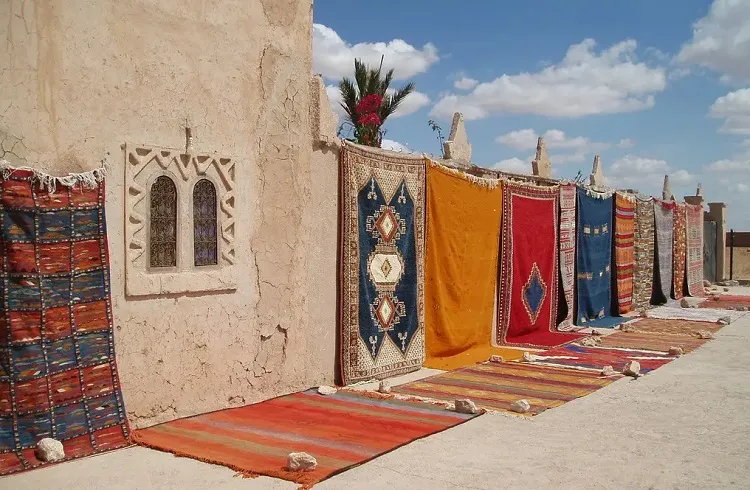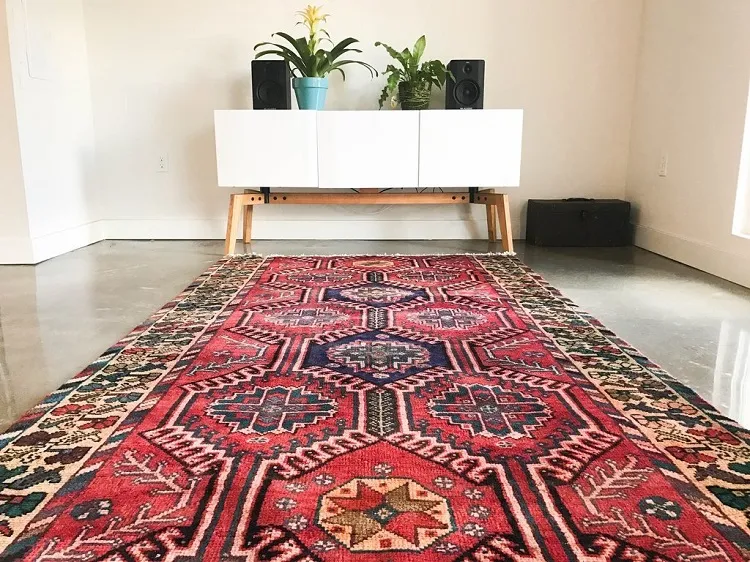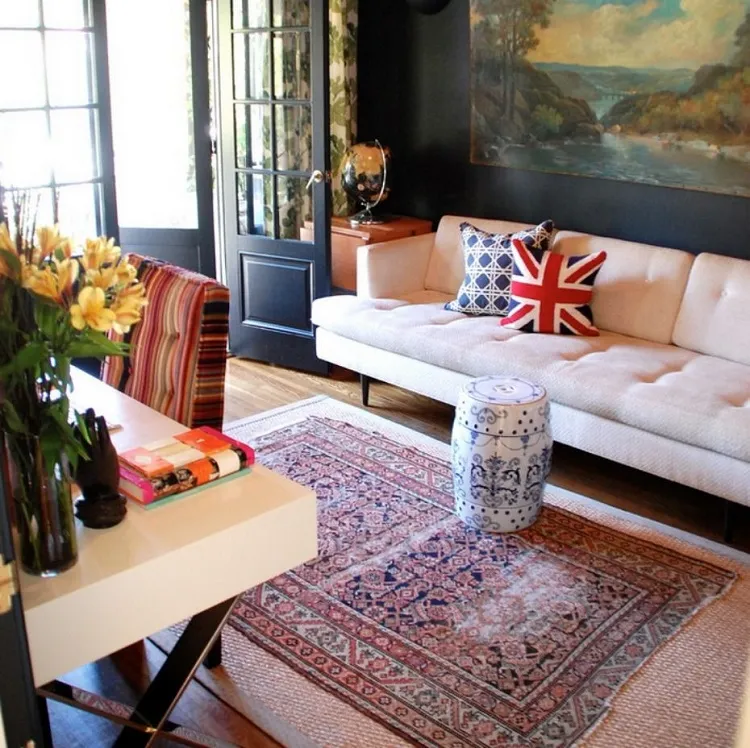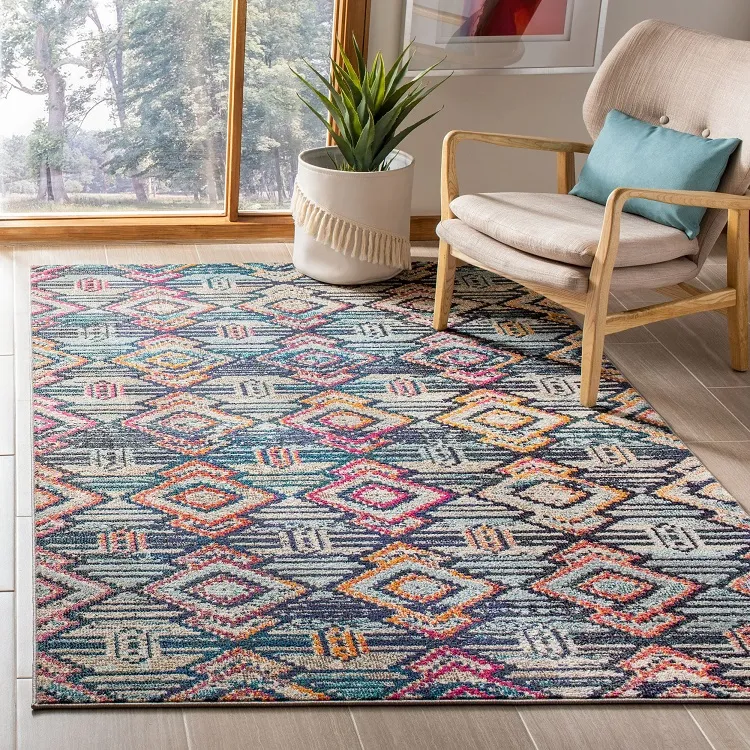Who doesn’t want to have a cozy bedroom or hall, and step on some soft and artistically colored carpet? It makes an even more pleasant experience, if this craft creation is decorated with symmetric figures, inspired from nature. This is just the case with the oriental rugs, which charm you with their harmoniously combined geometrical forms, fish and flower patterns, medallions, and other signs that eastern art have abundantly created through the ages. These carpets have a timeless glory, and they can elevate any space with their intricate figures and rich palette of dyes. However, they may be more valuable when adding a touch of vintage character to their look, reminding the old times when this kind of art have arisen. There are several techniques you can employ to achieve that desired aged appearance. Keep reading to know hot to make an oriental rug look vintage, as well as some tips of styling it.
What are Oriental Vintage Rugs?
They are traditionally handcrafted carpets, which originate from some countries in the East, but most of them come from Persia (today’s Iran), Turkey, China, India, and Afghanistan. They are known for their exceptional craftsmanship, intricate designs, and use of vibrant colors. Genuine vintage rugs are typically aged, weathered, and possess a distinct patina. That’s why it’s a good idea to learn a little bit of mastery on how to make an oriental rug look vintage.
How to Make an Oriental Rug Look Vintage: Distinguish its Patterns
Identifying oriental rug patterns will make you appreciate the unique artistry behind each design, and help you to transform the carpet into one with a vintage look. Here are a few of its specific figures to look out for:
- Central medallion: This pattern is the main figure, surrounded by a field of intricate motifs, such as flowers, leaves, or vines.
- Herati: Also known as the “fish pattern”, it consists of a diamond-shaped central medallion with curving vines, often adorned with floral motifs.
- Boteh: Commonly known as the “paisley” pattern, it consists of droplet or teardrop-shaped motifs arranged in a repetitive pattern.
- Geometric: These are shapes such as triangles, squares, and diamonds, arranged in intricate and symmetrical designs.
- Floral: The patterns of this type showcase flowers, mostly roses, tulips, or irises, often placed in borders or sometimes as a central design.
How Do You Fade an Oriental Rug to Make It Look Vintage?
If you want to make an oriental rug look vintage the easiest way, use the following methods to fade its colors:
- Sunlight exposure: Place the rug in a sunny area for extended periods, rotating it regularly to ensure even fading. Over time, this treatment will naturally lighten the colors, giving your carpet an aged patina.
- Diluted bleaching: Dilute a mild bleach solution with water and apply it sparingly to the rug’s surface. Test it on a small, inconspicuous area, to ensure that it doesn’t cause any damage or discoloration. Use a soft brush or sponge to gently dab the solution onto your carpet, focusing on places where you want the fading effect to be more pronounced. Rinse the rug thoroughly with water afterward.
- Tea or coffee staining: Brew a strong batch of black tea or coffee and allow it to cool. Using a sponge or cloth, apply the infusion to the carpet, focusing on areas where you want the vintage effect. Let the liquid sit there for a few hours or overnight, then rinse with water.
- Oxidation: Exposing the rug to air and allowing it to naturally oxidize can also contribute to the vintage look. Hang your carpet outdoors in a well-ventilated area for a period of time, allowing the colors to gradually fade and soften.
How to Style an Oriental Rug?
Learning how to make an oriental rug look vintage is an important part of the task to reach a delightful stylish and aesthetic appeal of your living space. Here are some ways of achieving this to consider:
- Select the right size: Ensure that the carpet’s size fits to the room’s dimensions. A large one can dramatically transform the space look. At the same time, a smaller carpet is useful, if you wish to accent on specific areas.
- Contrast and balance: If your furniture and walls have neutral tones, opt for a carpet with vibrant colors to create an eye-catching contrast. Alternatively, when the room has elements in bold tones, choose a more pale colored one to maintain balance.
- Layering: Layering is suitable in case addition of some depth and texture to the space is desired. For instance, you may consider placing a smaller vintage carpet on top of a larger neutral one for an intriguing visual effect.
- Mix modern and traditional elements: Blend an old oriental carpet with a contemporary furniture and decor. This approach can create a unique and eclectic ambiance.
Also read: How to Get the Wrinkles Out of an Area Rug? 4 Effective Methods

